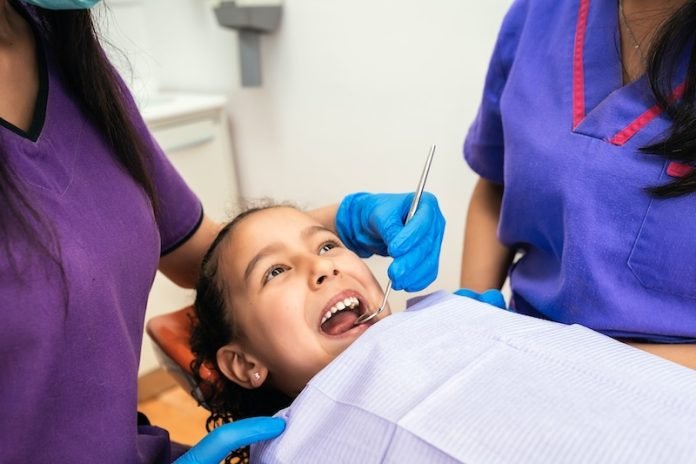
Scientists at ADA Forsyth are investigating a novel technology that could offer an alternative to root canal therapy by promoting tissue regeneration in teeth affected by endodontic diseases, which involve the soft tissue or pulp within teeth.
Their study, “RvE1 Promotes Axin2+Cell Regeneration and Reduces Bacterial Invasion,” published in The Journal of Dental Research, highlights the regenerative properties of resolvins, specifically Resolvin E1 (RvE1), when applied to dental pulp.
Endodontic diseases often result from tooth damage due to injury, cavities, or cracking, leading to inflammation and infection that can damage the pulp.
Root canal therapy (RCT) is a common treatment, but it has limitations, such as the removal of significant dentin portions and the risk of tooth drying and fracture.
The researchers aim to develop a method for regenerating dental pulp instead of using inert materials to fill root canals.
The study revealed two major findings. First, RvE1 effectively promotes pulp regeneration when applied to vital or living pulp, mimicking conditions of reversible pulpitis. The researchers also identified the specific mechanism that supports tissue regeneration.
Second, while applying RvE1 to exposed, severely infected, and necrotic pulp did not facilitate regeneration, it did slow down infection and inflammation, preventing periapical lesions (abscesses) that typically occur with this type of infection.
Previous research has shown that cleaning the infected root canal before RvE1 treatment can lead to pulp regeneration.
Dr. Thomas Van Dyke, Vice President at the Center for Clinical and Translational Research at ADA Forsyth and a senior scientist leading the study, explained that the technology could have a broad impact in regenerative medicine beyond dental tissues.
RvE1 promotes the formation of stem cells capable of differentiating into dentin, bone, cartilage, or fat, making it potentially useful for growing bones in other parts of the body.
In addition to its potential in dentistry, this regenerative technology could have far-reaching applications in various fields of regenerative medicine.
The study authors include Yu-Chiao Wu, Ning Yu, Carla Alvarez Rivas, Nika Mehrnia, and Alpdogan Kantarci.
The research findings can be found in the Journal of Dental Research.
Copyright © 2023 Knowridge Science Report. All rights reserved.



